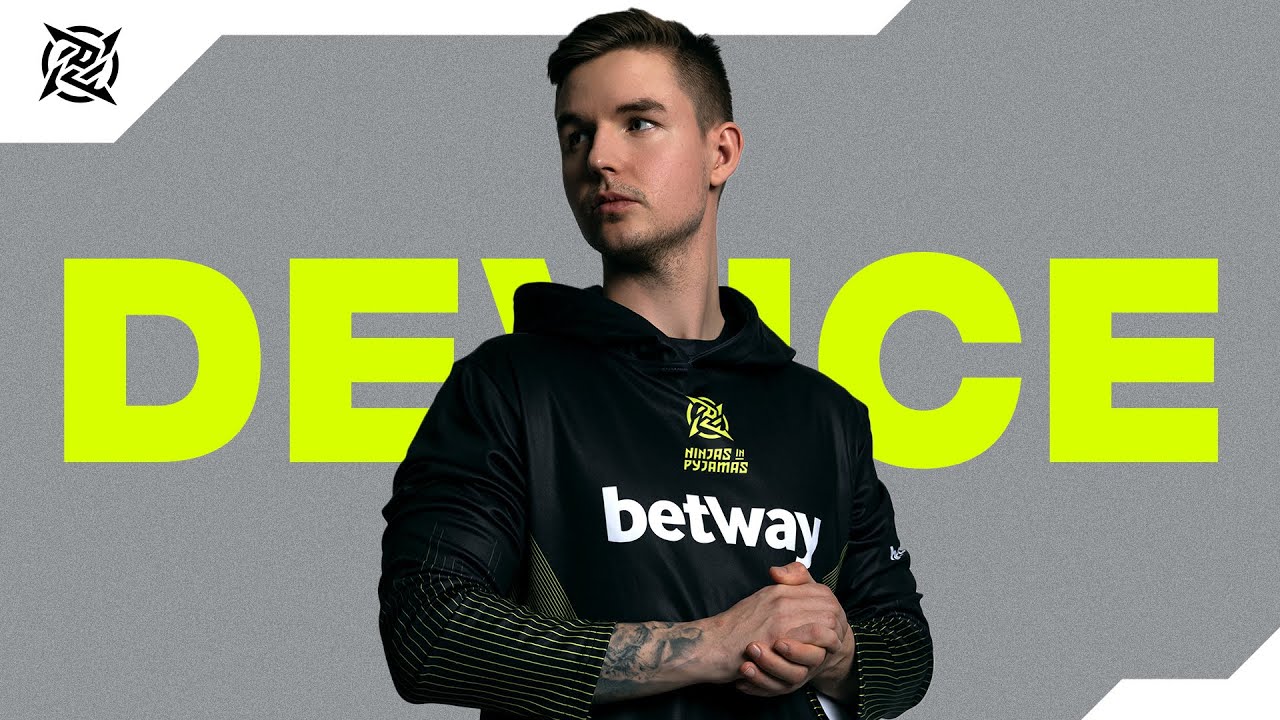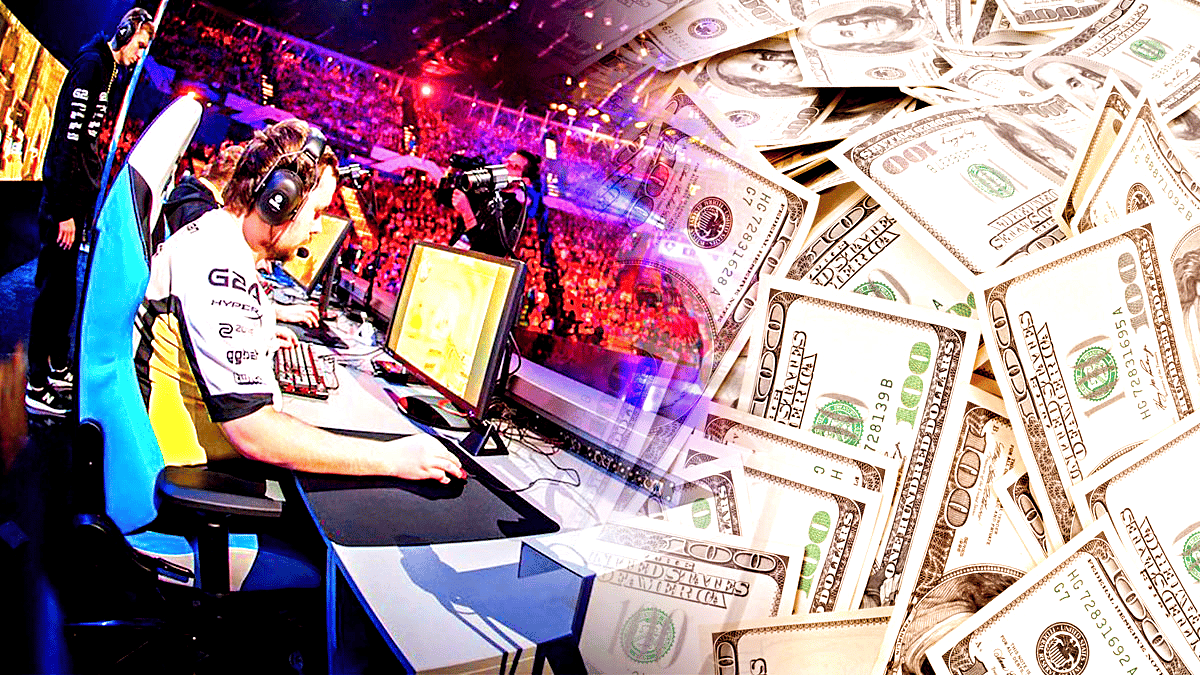Sports organisations these days are willing to shell out a pretty big chunk of money for the next big star. But how does such a transfer actually work and what are the downsides?
Digital sport has developed a lot and now fills huge arenas with spectators. In addition, turnover in the industry has been rising steadily for years. This is accompanied by the increasing professionalisation of the scene.
On a legal level, player contracts are becoming more and more complex every year and already contain quite unique clauses in esports, for example, on the transfer of players. However, the system still works a little differently than in conventional sports like football and co.
Transfers in esports
The transfer of players for a six- or seven-figure sum is no longer a rarity in esports. In the past two years, League of Legends player Luka “Perkz” Perkovic and CS:GO star Nicolai “dev1ce” Reedtz, among others, changed teams for such sums.

It becomes clear that, in addition, especially young exceptional players are becoming more and more attractive, because here there is not only the possibility of guaranteeing ideal support for the team. At the same time, the players still have a lot ahead of them due to their young age and thus have the potential to provide the organisation with a transfer profit in the future.
Just a few months ago, youngster Ilya “m0NESY” Osipov, a mere 16-year-old player, transferred from Natus Vincere’s youth team to G2 Esports’ professional team for $600,000. The development shows that the market for player transfers in esports is getting bigger and bigger and hardly a year goes by without a big deal anymore.
Big differences between esports titles
Transfer talks initially begin in a very similar way to conventional sport, with one organisation expressing its interest to the other in the person of the team manager or general manager. Here, initial contractual issues are clarified and the possibility of a player transfer is discussed. As soon as things become more concrete, the player is involved in the process.
In contrast to conventional sport, the word or decision of the individual professional carries more weight. Thus, in the case of unsuitable team chemistry or other problems, a player’s request may already lead to a transfer. The wishes are rarely denied by the organisation itself. In football, for example, the final say always lies with the sports director. It has not been uncommon for transfer requests to be denied in the past.
In certain Esport titles, the developers also have a say. This is the case with League of Legends and VALORANT, among others. Here, Riot Games has the final vote and decides whether the transfer goes through. Usually, a certain time window is used for this, the so-called transfer period. This lies between the main game seasons and is intended for player changes.
Shadow sides of the Esport transfer market
As is well known, you can never do without one or two black sheep. Thus, there are also some players in the esport transfer business who do not always act according to the rules. In the past, accusations of so-called poaching and tampering have arisen. But what exactly is behind these terms?
Sources: @MADLions_EN has accused @G2esports of tampering and in a recent owners’ meeting, called for a vote that passed 8-2 asking the LEC to push Riot Global for rule revisions.
Riot tells @DotEsports that it has not received a formal complaint.https://t.co/iLUSYDdvu9
– Jacob Wolf (@JacobWolf) September 15, 2021
Many professional esports contracts these days contain a prohibition against players having contact with other teams during the term. If an organisation deliberately tries to contact a player despite this rule, it is poaching. If this poaching process takes place directly between players, it is called tampering.
Both types of manipulation are not welcome in the scene. In order to be protected against such incidents, professional esports organisations have increasingly sought legal support in the past.


